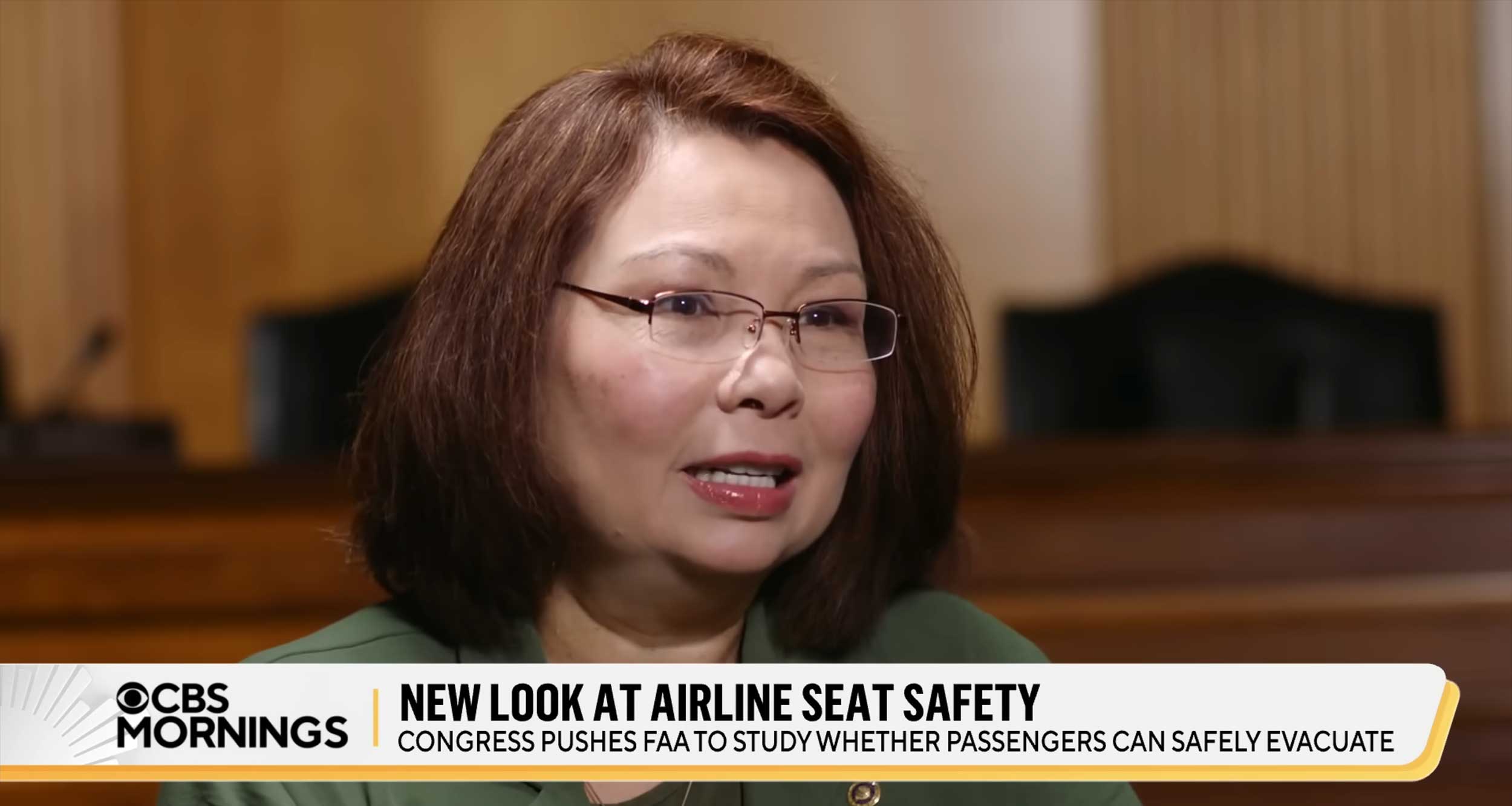Back in 2016, I asked a question — What happens to disabled airline passengers in the event of an emergency? I turned to flight attendants in my network and the airlines themselves for an answer. Only one carrier, American Airlines, responded to my questions, stating that “safety is our number one concern” and that flight attendants are trained in “multiple techniques of lifting and moving the [disabled] passenger.”

The article that came of that interview, Emergency Airplane Evacuations for Wheelchair Users, was overly optimistic — because, at the time, I was a naive, newly disabled person just beginning my accessible travel journey.
Since writing that article, I have documented countless instances of flight attendants failing to provide the individual safety briefings to disabled passengers that are required by law, and have also heard from flight attendants who were more honest in their assessment of safety procedures — “good luck,” one told me.
The standard for certifying commercial aircraft as “safe” has long been that all passengers should be able to evacuate in 90 seconds or less. Congress previously required the Federal Aviation Administration to study whether the increase of seats in the aircraft cabin, the reduction of legroom, and the changing characteristics of the traveling public has made aircraft unsafe.
Senator Tammy Duckworth of Illinois, a disabled veteran and wheelchair user, recently told CBS Mornings’ Kris Van Cleave that she is “not at all confident” that she could safely evacuate an airplane in 90 seconds. Here’s the CBS report:
As part of the Securing Growth and Robust Leadership in American Aviation Act that was signed into law last week by President Biden, the FAA is now required to revisit its earlier study to include disabled people in evacuation testing.
The relevant section of the law (full text here) includes the following provisions (condensed for readability):
SEC. 365. MODERNIZATION AND IMPROVEMENTS TO AIRCRAFT EVACUATION.
(a) Study.—
(1) IN GENERAL.—Not later than 1 year after the date of enactment of this Act, the Administrator shall conduct a study on improvements to the safety and efficiency of evacuation standards for manufacturers and carriers of transport category airplanes.
(A) REQUIREMENTS.—The study required under paragraph (1) shall include—
(i) a prospective risk analysis, as well as an evaluation of relevant past incidents with respect to evacuation safety and evacuation standards;
(ii) an assessment of the evacuation testing procedures described in section 25.803 of such title 14, as well as recommendations for how to revise such testing procedures to ensure that the testing procedures assess, in a safe manner, the ability of passengers with disabilities, including passengers who use wheelchairs or other mobility assistive devices, to safely and efficiently evacuate an aircraft;
(B) CONSIDERATIONS.—In conducting the study under paragraph (1), the Administrator shall assess the following:
(i) The ability of passengers of different ages (including infants, children, and senior citizens) to safely and efficiently evacuate a transport category airplane.
(ii) The ability of passengers of different heights and weights to safely and efficiently evacuate a transport category airplane.
(iii) The ability of passengers with disabilities to safely and efficiently evacuate a transport category airplane.
(iv) The ability of passengers who cannot speak, have difficulty speaking, use synthetic speech, or are non-vocal or non-verbal to safely and efficiently evacuate a transport category airplane.
(vii) The impact of seat size and passenger seating space and pitch on the ability of passengers to safely and efficiently evacuate a transport category airplane.
(xi) The impact of animals approved to accompany a passenger, including service animals, on the ability of passengers to safely and efficiently evacuate a transport category airplane.
Congress has effectively told the FAA that its earlier analysis of evacuation safety was insufficient, and that the agency must start over.
Disabled people have never been included in airline safety demonstrations and the testing of aircraft types, and question whether airlines (and the federal government) have taken seriously their right to safety in an emergency. Many disabled travelers, myself included, expect that an otherwise survivable emergency could turn deadly due to a lack of airline preparation and resources to assist disabled passengers.
Now that the FAA must consider disabled people in its analysis of safety and evacuation standards, it is my hope that carriers will revisit their own procedures and determine methods for safely evacuating disabled or immobilized passengers from the aircraft cabin.

One project that I have been involved with, the ADAPTS Portable Transfer Sling, provides passengers and cabin crews with a tool to speed up the evacuation of disabled passengers in an emergency. Recently, Kenya Airways became the first airline to purchase the ADAPTS Sling for use on its airplanes. The carrier has outfitted its long-haul Boeing 787-8 aircraft with the ADAPTS Sling, a move that will give peace of mind to travelers with disabilities.
To learn more about this critical safety device, watch this Accessible Travel Chat with my friend and ADAPTS founder Robin Wearley:
Since the airlines (with the exception of Kenya Airways) don’t yet have an evacuation device onboard, you can purchase your own ADAPTS Sling and, for a limited time, take 15% off your order using the promo code WCT15. Please note that I may receive a commission at no additional cost to you.
It’s critical for the FAA and air carriers to take the safety of disabled airline passengers seriously — wheelchair users (and U.S. senators), shouldn’t be left to feel as though flight emergencies are a death sentence. Air travel can and must be safe for all.


